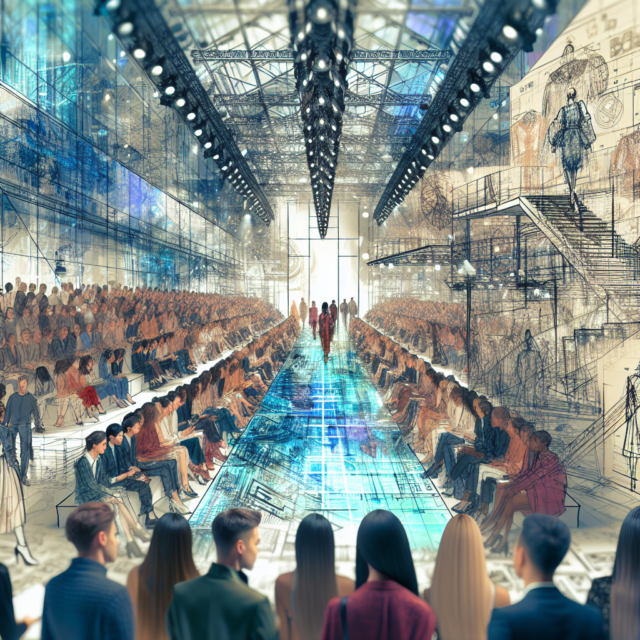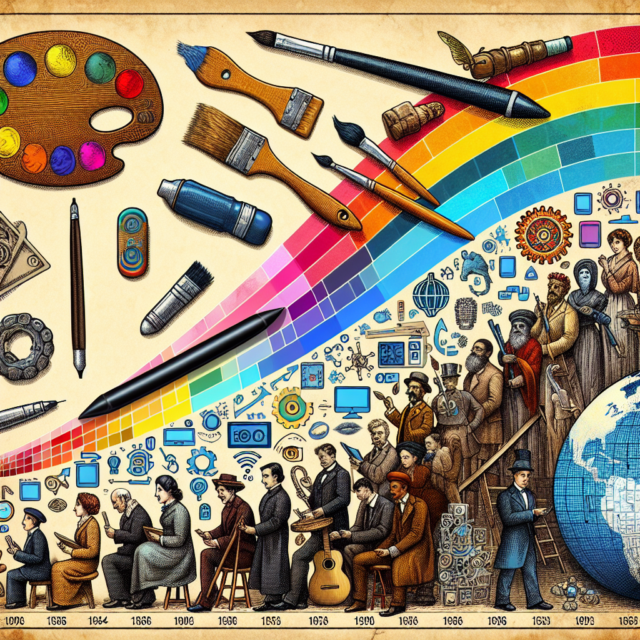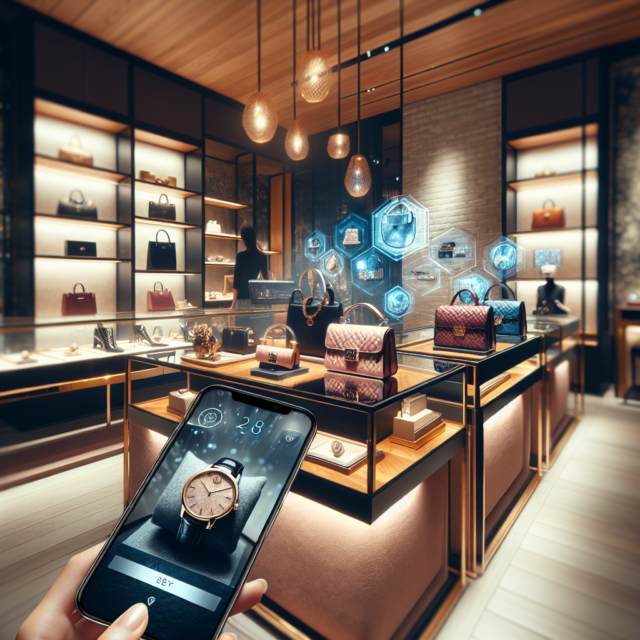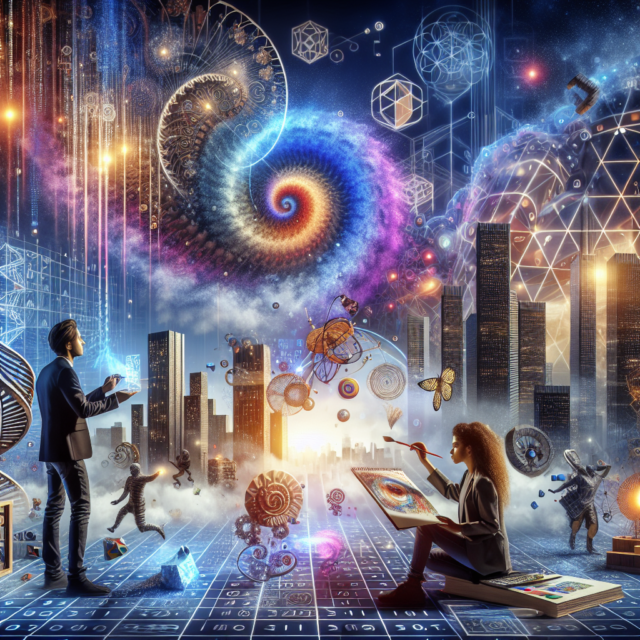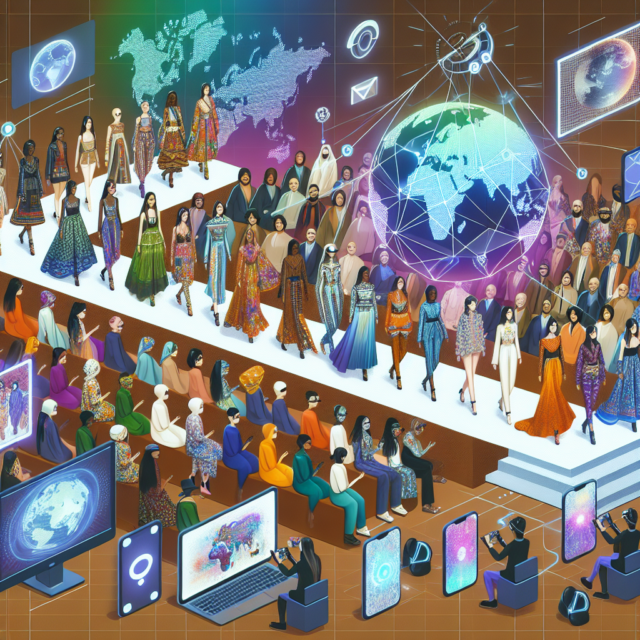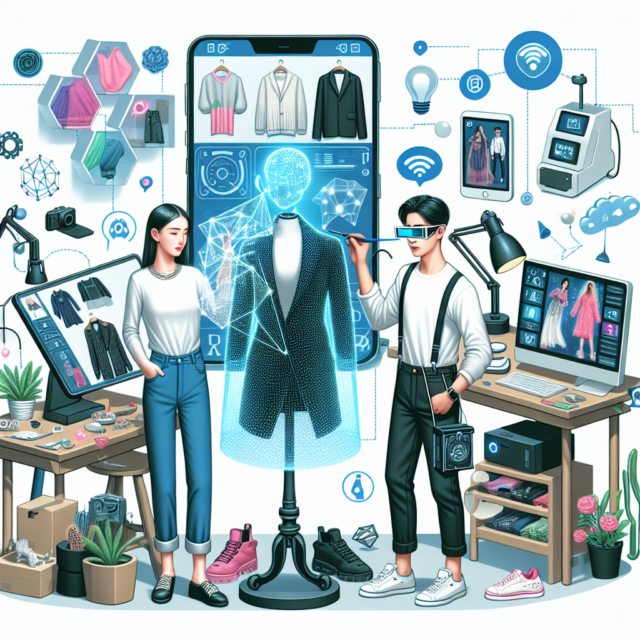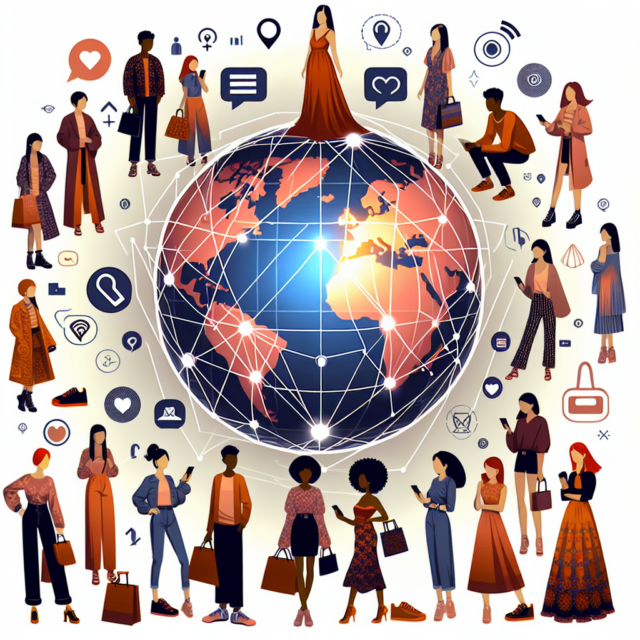Emerging Trends Shaping the Future of Influencers
The influencer marketing landscape is rapidly evolving, driven by technological advancements, shifting consumer behaviors, and emerging market trends. As brands and consumers alike navigate this dynamic environment, several key trends are shaping the future of influencers. This article examines the rise of micro-influencers in niche markets, the impact of artificial intelligence and technology on influencer content, and the shifts in consumer expectations and engagement.
Rise of Micro-Influencers in Niche Markets
Micro-influencers, typically defined as individuals with a following ranging from 1,000 to 100,000, are increasingly gaining traction in the influencer marketing world. Unlike their macro and celebrity counterparts, micro-influencers often have a more focused and engaged audience, making them particularly appealing to brands looking to tap into niche markets. Their ability to foster genuine connections with followers translates into higher engagement rates and often more authentic content.
The appeal of micro-influencers lies in their perceived authenticity and relatability. Followers tend to view micro-influencers as peers rather than distant celebrities, which can lead to a higher degree of trust and influence over purchasing decisions. This trust is particularly valuable in niche markets, where consumers often seek specialized knowledge or shared interests that micro-influencers can provide.
Brands are increasingly recognizing the value of collaborating with micro-influencers to reach specific audience segments. By leveraging the unique voice and expertise of micro-influencers, brands can engage with communities that share common interests, values, or lifestyles. This targeted approach not only enhances brand visibility but also fosters deeper connections with consumers.
Furthermore, the cost-effectiveness of working with micro-influencers is another factor driving their popularity. Unlike high-profile influencers who command significant fees, micro-influencers often work with smaller budgets, making them an attractive option for brands with limited marketing resources. This affordability allows brands to engage multiple micro-influencers simultaneously, further expanding their reach within niche markets.
The rise of micro-influencers is also facilitated by social media platforms that encourage content diversity and user-generated content. Platforms like Instagram, TikTok, and YouTube provide the tools and visibility needed for micro-influencers to thrive, offering brands a wide array of potential partners to choose from. As these platforms continue to evolve, micro-influencers are likely to play an increasingly significant role in shaping consumer perceptions and trends.
As brands continue to explore the potential of micro-influencers, the emphasis on long-term partnerships and collaborations is expected to grow. Rather than one-off campaigns, brands are likely to engage micro-influencers in ongoing relationships, fostering brand loyalty and consistent messaging over time. This shift towards sustained partnerships highlights the growing recognition of micro-influencers as valuable marketing allies in the digital age.
Impact of AI and Technology on Influencer Content
The integration of artificial intelligence (AI) and advanced technology is revolutionizing the way influencer content is created, distributed, and consumed. AI-powered tools are enabling influencers to enhance their content creation processes, from editing and production to audience targeting and engagement analysis. These technological advancements are streamlining workflows and allowing influencers to focus more on creativity and strategy.
AI-driven analytics are providing influencers with deeper insights into their audience demographics and behaviors. This data-driven approach enables influencers to tailor their content more precisely to the preferences and interests of their followers. By understanding what resonates with their audience, influencers can craft more engaging and relevant content, ultimately driving higher levels of interaction and brand affinity.
Virtual and augmented reality technologies are also beginning to play a role in influencer content creation. These immersive technologies offer new opportunities for influencers to create interactive and experiential content, blurring the lines between digital and real-world experiences. As these technologies become more accessible, influencers can provide their audiences with unique and memorable experiences that go beyond traditional content formats.
Automation tools powered by AI are simplifying the process of content scheduling and distribution. Influencers can now automate repetitive tasks, such as posting content at optimal times or managing multiple social media accounts, freeing up time to focus on content strategy and innovation. This efficiency not only enhances productivity but also allows influencers to maintain a consistent presence across various platforms.
AI is also transforming influencer marketing strategies by enabling more precise audience targeting and campaign optimization. Brands can leverage AI algorithms to identify influencers whose audiences align closely with their target demographics, ensuring that marketing efforts are directed towards the most relevant and engaged audiences. This targeted approach increases the likelihood of campaign success and maximizes return on investment.
However, the rise of AI and technology in influencer content creation also raises questions about authenticity and transparency. As AI-generated content becomes more prevalent, distinguishing between human-created and machine-generated content may become challenging. This potential blurring of lines underscores the importance of maintaining authenticity and ethical standards in influencer marketing as technology continues to evolve.
Shifts in Consumer Expectations and Engagement
In the evolving landscape of influencer marketing, consumer expectations and engagement patterns are undergoing significant shifts. Today’s consumers are more discerning and value-driven, seeking authenticity, transparency, and meaningful connections with the influencers they follow. These changing expectations are prompting influencers to adapt their content and engagement strategies to remain relevant and resonate with their audiences.
One of the key shifts in consumer expectations is the demand for authenticity and relatability. Consumers are increasingly drawn to influencers who share genuine experiences and insights, rather than those who solely promote products or services. This shift is driving influencers to prioritize storytelling and personal narratives, fostering a sense of connection and trust with their followers.
Transparency is another critical aspect of consumer expectations. With growing awareness of sponsored content and influencer marketing practices, consumers expect influencers to disclose partnerships and maintain honesty in their endorsements. Influencers who prioritize transparency and communicate openly with their audiences are more likely to build long-lasting trust and credibility.
The emphasis on meaningful engagement is reshaping how influencers interact with their followers. Rather than focusing solely on likes and shares, influencers are seeking deeper interactions, such as comments, direct messages, and community-building initiatives. This shift towards meaningful engagement reflects consumers’ desire for genuine connections and a sense of belonging within the influencer’s community.
As consumers become more socially conscious, influencers are also expected to align with causes and values that resonate with their audience. This trend is driving influencers to incorporate social responsibility and advocacy into their content, whether through supporting charitable initiatives or raising awareness about important issues. By doing so, influencers can connect with like-minded followers and contribute positively to societal change.
The rise of platform diversity is influencing consumer engagement patterns as well. Consumers are no longer confined to a single platform and are increasingly engaging with influencers across multiple channels. This diversification is prompting influencers to adopt a multi-platform approach, tailoring content to suit the unique characteristics and user behaviors of each platform.
Ultimately, the shifts in consumer expectations and engagement are prompting influencers to adopt a more holistic and audience-centric approach. By understanding and responding to these evolving trends, influencers can continue to build meaningful relationships with their followers and maintain their relevance in a rapidly changing digital landscape.
As the influencer marketing industry continues to evolve, staying abreast of emerging trends is crucial for influencers and brands alike. The rise of micro-influencers in niche markets, the integration of AI and technology in content creation, and the shifts in consumer expectations and engagement are all shaping the future of influencer marketing. By adapting to these trends, influencers can enhance their impact, while brands can harness the power of influencer partnerships to connect with their target audiences in meaningful ways.









